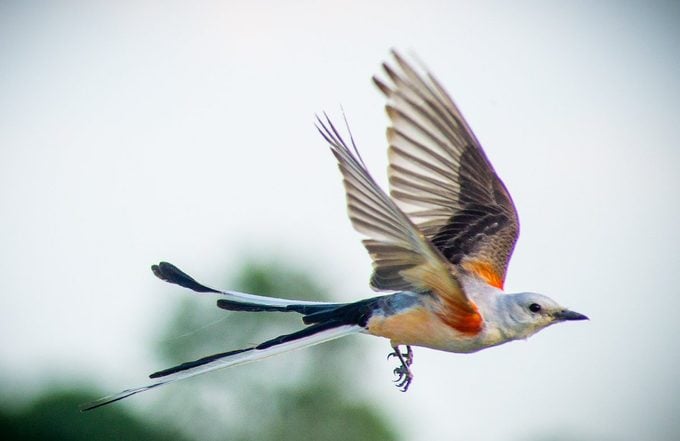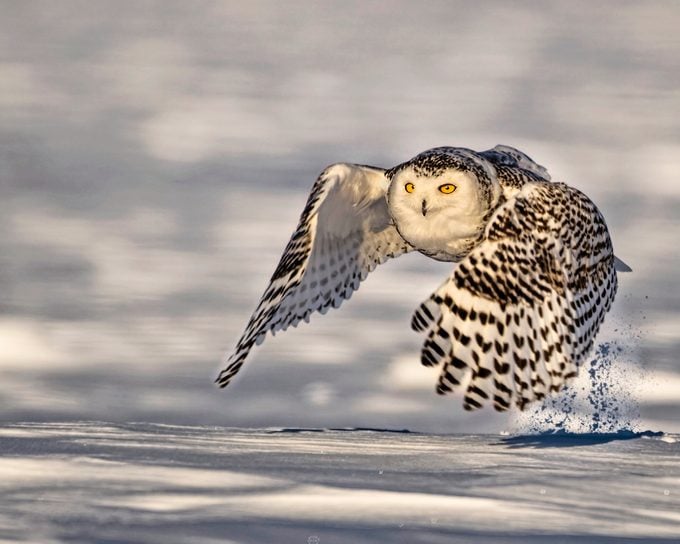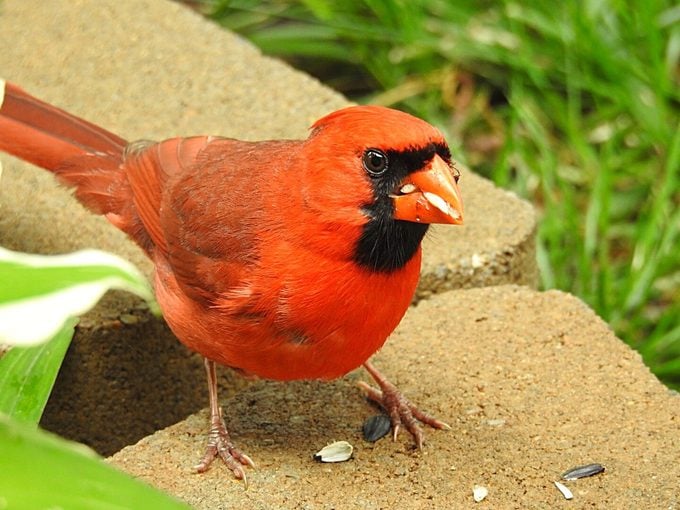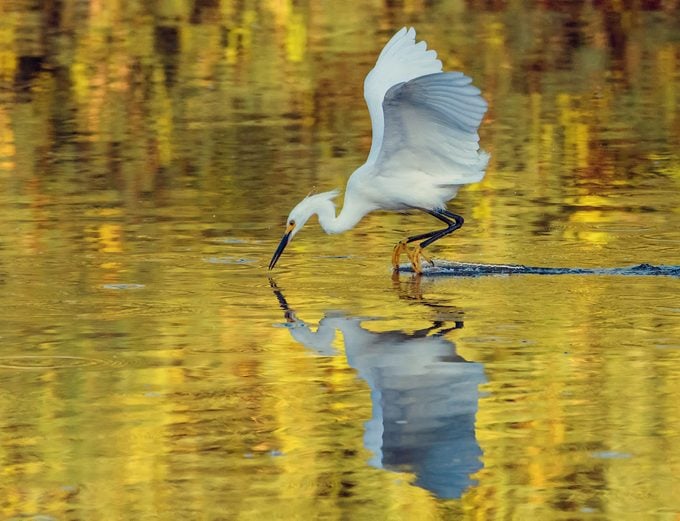Bird Anatomy 101: From Bird Beaks to Bird Feet
Updated: Jan. 26, 2024
From their feathers to feet, learn more about the major features of bird anatomy and what makes these fascinating animals so unique.

We all enjoy seeing birds in our gardens. But how much do you know about a bird anatomy? If you asked the average person to describe a bird, the answer probably would be a quick overview of its feathers and beak, perhaps with a short imitation of its call. When you truly look closely at a bird, though, you’ll see that these creatures have a fascinating anatomy unique in nature.
Let’s consider three key areas of bird anatomy.
How Do Birds Use Their Feathers?

The most noticeable feature of bird anatomy is the feather. No other living group of animals on the planet has them (although some extinct ones did). And as much as feathers may resemble one another superficially, they’re all different. Owls, for instance, have large flight feathers with a delicate fringe along the outer edge that allows for completely silent flight.
But there’s more to feathers than flight. After all, not all birds fly, but they all have feathers. In fact, feathers most likely first evolved as a means of insulation and protection from the elements, like hair in mammals. Birds use their feathers for communication. Males of many species sport brightly colored or ornate ones as a way to woo females. And most species can puff up their feathers to intimidate rivals or predators.
Discover the fastest birds in North America.
How Do Birds Use Their Beaks?

Whether you prefer to say beaks or bills, this aspect of bird anatomy is just as varied as feathers. Each is adapted to the kinds of food the bird eats. Cardinals and grosbeaks have heavy, blunt beaks designed to crush the shells of seeds and nuts. Robins, mockingbirds and catbirds have narrow, pointed beaks for plucking berries and catching insects. Mourning doves, quail and sparrows have short beaks for picking tiny seeds. Hawks have sharp, curved beaks for eating meat, while hummingbirds have long, narrow beaks to reach into tubular flowers for sweet nectar. Birds also use their beaks to fend off attacks.
How Do Birds Use Their Feet?

The bird world has a surprising diversity of feet, each shape suited to the species’ survival. Ducks and other waterfowl have webbed feet to propel them through the water. Birds of prey are armed with sharp, hooked talons for catching and killing. Wading birds such as herons have wide feet to support them on sticky mud without sinking. Songbirds have delicate, grasping feet for clutching the tree branches where they perch. Woodpeckers and their relatives have zygodactyl feet—with two toes pointing forward and two backward—which allow them to cling to and move up and down tree trunks. Learn more about how bird feet work.
Bird Anatomy Breakdown

Some terms used to describe a bird’s anatomy can be a little confusing, say when the difference between a side and a flank isn’t immediately apparent. Let the language of birding help you with identification—and better communication with other birders. Visit Cornell Lab of Ornithology’s online Bird Academy for an interactive bird anatomy game.
- The very top of a bird’s head is called the crown.
- Beak or bill—they mean the same thing, although beak tends to be used for birds with hooked bills, like parrots or hawks.
- The chest is the large area between the wings. It’s also called the breast.
- Wing coverts, as the name suggests, cover important flight feathers.
- Tertials, secondaries and primaries are three groups of flight feathers on the wings.
- Claw is the best word to describe the sharp structures at the tips of a songbird’s toes, while the word talon is better suited for raptors.
No matter what shape, size or color the various features of a bird’s anatomy, one thing is true: They all help birds survive. The next time you’re watching birds in your yard, take a minute to notice their anatomical features and marvel at the beautiful symbiosis that every bird species has with its environment.




















